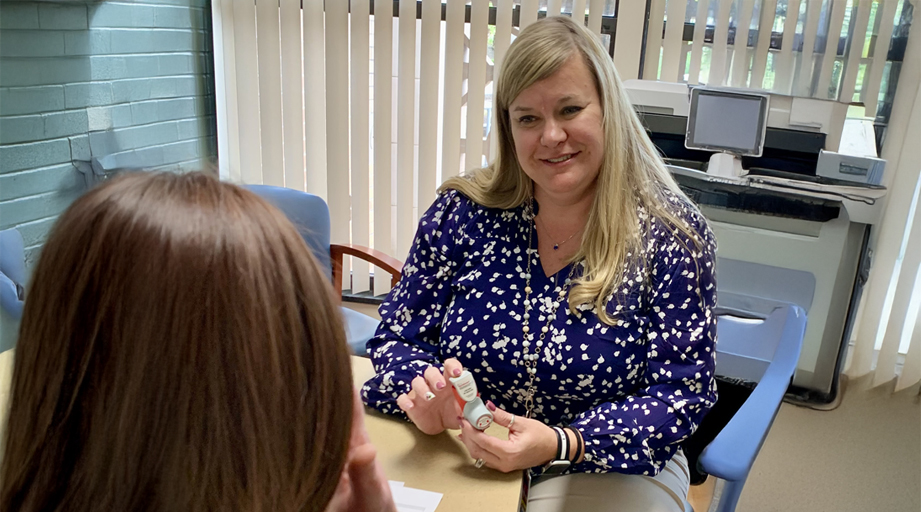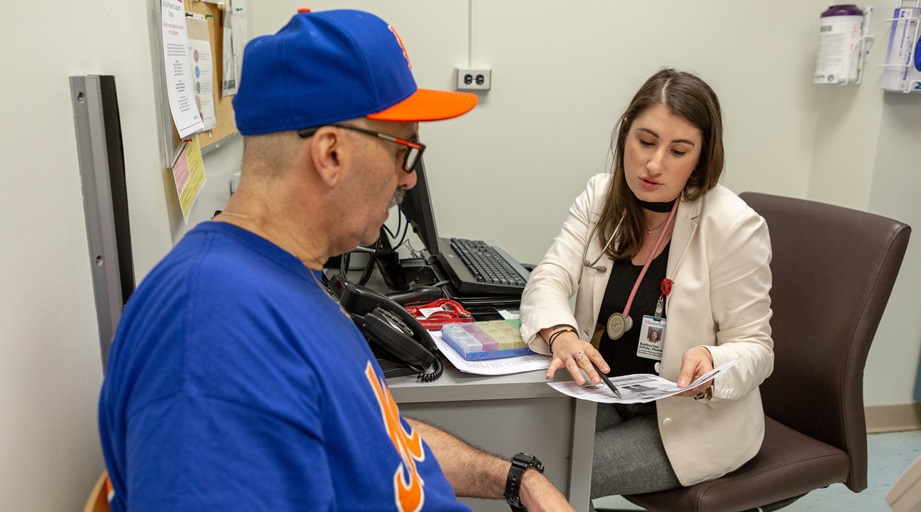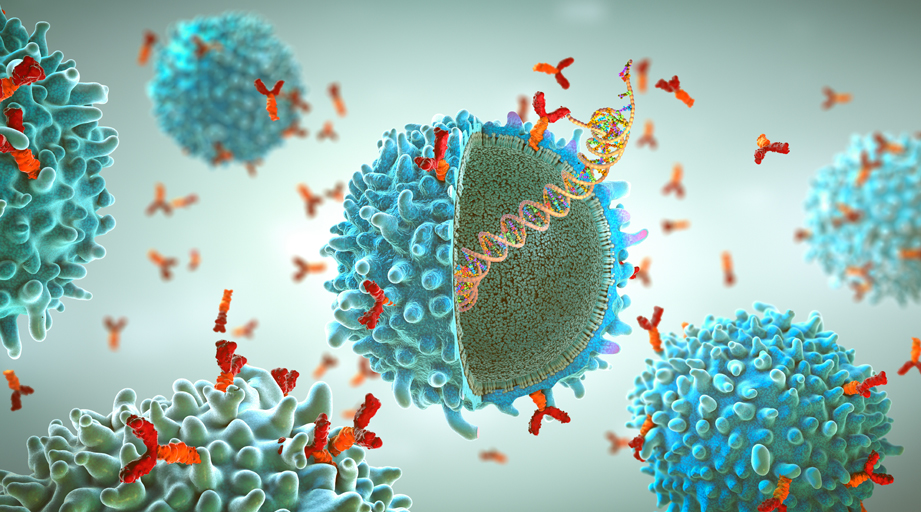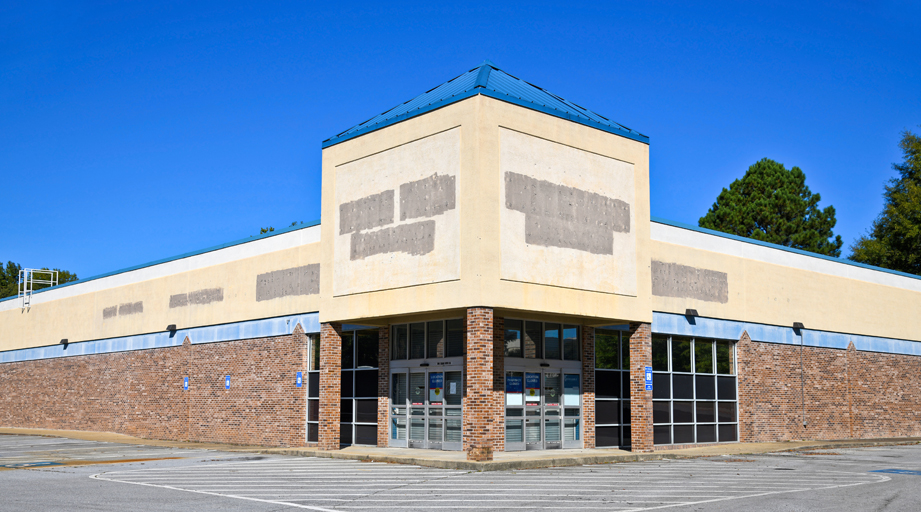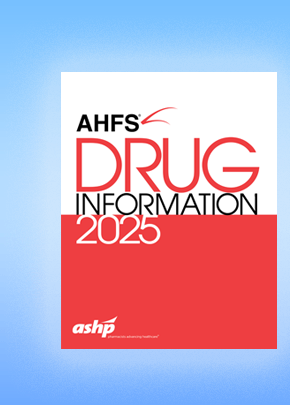
Health-system pharmacies can make good use of artificial intelligence with the right approach.
When most people hear about artificial intelligence (AI) in the work environment the first question that springs to mind is often – will it take my job? For health-system pharmacists the answer is no – but it could make it easier.
Speaking at Sunday’s session, Validated Artificial Intelligence: The Future of Pharmacy and its Applications, Scott Nelson, assistant professor at Vanderbilt University Medical Center, said it’s not a question of the person or the computer, but rather the person plus the computer.
“I kind of like to think of AI in the healthier mentality of augmented intelligence,” he said. “And that’s following the fundamental theorem of informatics in that the person plus the computer is greater than either one alone.”
There are key components that pharmacists and AI bring to both sides of that equation. Nelson said that pharmacists, for example, excel at common sense, compassion, and context as well as dealing with moral dilemmas. AI, on the other hand, excels at pattern identification, endless capacity, machine learning, and minimizing bias.
Nelson said some of the key areas where AI is already being used in pharmacy include production, predicting or identifying abnormal medication orders or potential errors, and predicting adverse drug events such as a hypoglycemic event.
Mark Siska, chief pharmacy informatics officer at the Mayo Clinic, presented another case where AI is working to assist pharmacists, with an overview of a study in which the Mayo Clinic used AI in the prospective medication order review process. Siska said the clinic studied machine learning to see if AI could be useful in reviewing orders after they are signed by a prescriber, but before they are administered.
Siska said pharmacists, on average, spend about 40-50% of their time on order review and verification. The idea behind the study was to try and move more time away from this and allow pharmacists more time to focus on direct patient care activities.
Using what he called rules-based verification, Siska said the team used an automated computer system to verify orders for 10 common medications before dispensing them. The system used an algorithm to evaluate patient- and medication-specific criteria to determine if the order is appropriate for the patient. In all, more than 13,000 orders were evaluated and ultimately, Siska said, the study found that rules-based verification can closely approximate the verification decisions of a pharmacist with very little difference. However, with only 10 medicines included, Siska admitted that his study had some limitations and cautioned that there is still much more work to be done.
“I do think we need to build more sophistication into these algorithms,” he said. “We also don’t have best practices identified and we need to push that a little bit. We need to do additional studies and I encourage everyone to do that.”
Using computer programs is one thing, but what about an actual robot rolling its way around your hospital? MedStar Georgetown University Hospital did exactly that with its test of a robotic medication delivery system in the oncology pharmacy satellite and infusion center.
Geoffrey Cox, director of pharmacy services at the hospital, said the team wanted to find a way to get the medications delivered to the unit to while increasing the amount of time technicians are available to work elsewhere within the system.
Cox said the robot ultimately saved about $1,500 per month in the chemotherapy medication deliveries and only worked about 4 hours a day, cutting delivery times from 12 minutes to just 4 minutes. Beyond that, he said, the robot also took some of the more human elements out of the equation to help speed the delivery process.
“We had very few calls to the pharmacy because they could predict when the robot was coming to deliver,” he said. “You also don’t have to worry about [human resources] issues, you don’t have to worry about grievance, you don’t have to worry about people texting and hanging out in the hallway, and you don’t have to worry about gossip.”
Cox said he could see a future in which robots are deployed throughout other areas of the hospital including code cart delivery, bedside delivery and making deliveries from the central pharmacy to ICUs.

